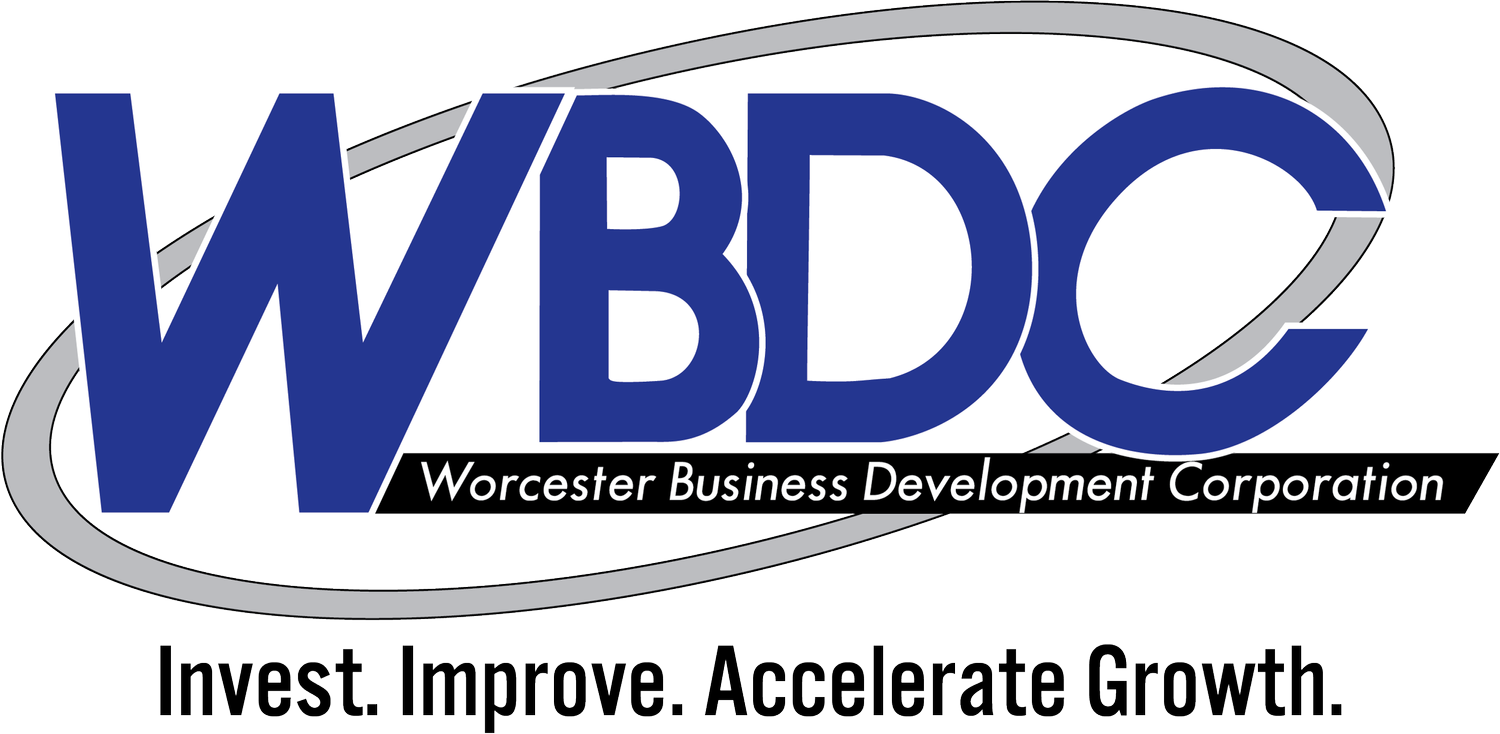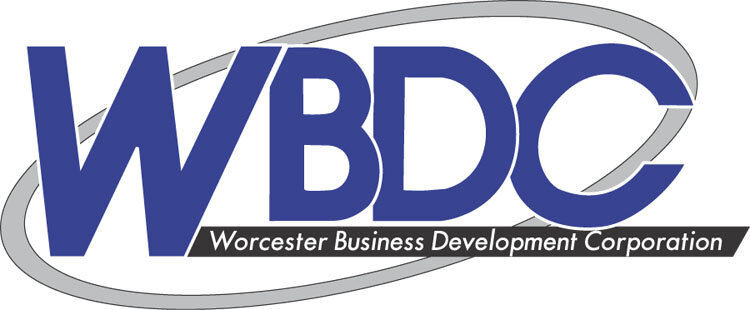WBDC Named Developer for Bio-manufacturing Site in Worcester
Aaron Nicodemus, Worcester Telegram & Gazette
WORCESTER — Thirty years ago, Craig L. Blais said he stood on the Worcester State Hospital property and listened to a group of state legislators promise that someday the site would be redeveloped to include bio-manufacturing facilities. At the time, much of the land was still in use by the state hospital.
On Friday, Mr. Blais, the president and chief executive officer of the Worcester Business Development Corp. stood on the same site and promised that it will only be 30 months before the first bio-manufacturing facility will open on the site.
“It’s taken a long time, and we’re humbled and honored to be selected to turn this property into manufacturing space,” he said. “We’re so pleased and honored to have been selected to lead this charge.”
State officials, including Lt. Gov. Karyn E. Polito, named the WBDC as the developer for 44 acres on the former Worcester State Hospital campus for bio-manufacturing. The plan would knock down the massive former state hospital building and many other buildings that exist on the site, and replace them with a bio-manufacturing park with facilities that would produce drugs, medical devices and more for cutting-edge medical treatments.
Several buildings would remain, including the $302 million Worcester Recovery Center and Hospital (and historic clock tower) that opened in 2012.
State officials said they expect the new bio-manufacturing park will eventually provide 500,000 square feet of manufacturing space in Worcester and could create up to 500 jobs. Bio-manufacturing is the commercialization of drugs or treatments.
“We know how to research and develop in Massachusetts,” said Kevin O’Sullivan, president of Massachusetts Biomedical Initiatives, based in Worcester. “We do that better than anyone else, anywhere else in the world. But we are not leading the world in bio-manufacturing.”
Mr. O’Sullivan wrote a proposal to the state that outlined the need for bio-manufacturing space, and Worcester’s unique position to provide it.
He said Worcester, because of its lower costs compared to Greater Boston, its proximity to research and development happening in Cambridge and elsewhere in the state, its pool of 35,000 college students as potential employees and the city’s “collaborative and cooperative gene” are assets that make the city attractive for bio-manufacturing.
The hospital property is part of 700 acres statewide that Gov. Charlie Baker’s administration is attempting to move from state ownership to other uses.
“Places like this are underutilized,” said Ms. Polito, standing near an old building on the hospital campus. “The should be developed for higher and better use. … This was a parcel we targeted for investment, and as part of our ‘Open for Business’ strategy, want to transform these assets into jobs, housing, and community spaces.”
Mr. Blais said the Legislature still needs to convey the property to the WBDC. The WBDC offered just over $1 million for the 44 acres. The terms of the payment would be subject to negotiation, according to Mr. Blais.
He said the WBDC is already negotiating with the first potential tenant, although he declined to say which company.
“I can say there is a lot of interest,” he said, adding, “This is much more affordable than Kendall Square in Cambridge,” where much of the research and development that would be turned into bio-manufacturing is happening.
Mr. Blais said he was a legislative aide to state Rep. Paul Kollios of Millbury when he heard those promises made about the hospital three decades ago. And it’s not as if nothing has happened with the property during those years.
Some parcels were lopped off and turned into five biotechnology buildings along Plantation Street, as well as some of the property that makes up the University of Massachusetts Medical School, and land where the Beechwood Hotel and AbbVie, a pharmaceutical company, have built.
The WBDC developed the city’s first biotech facilities in the 1980s, on former Worcester State Hospital land along Plantation Street. More recently, it has developed Gateway Park and the Hanover Theatre, among others.

